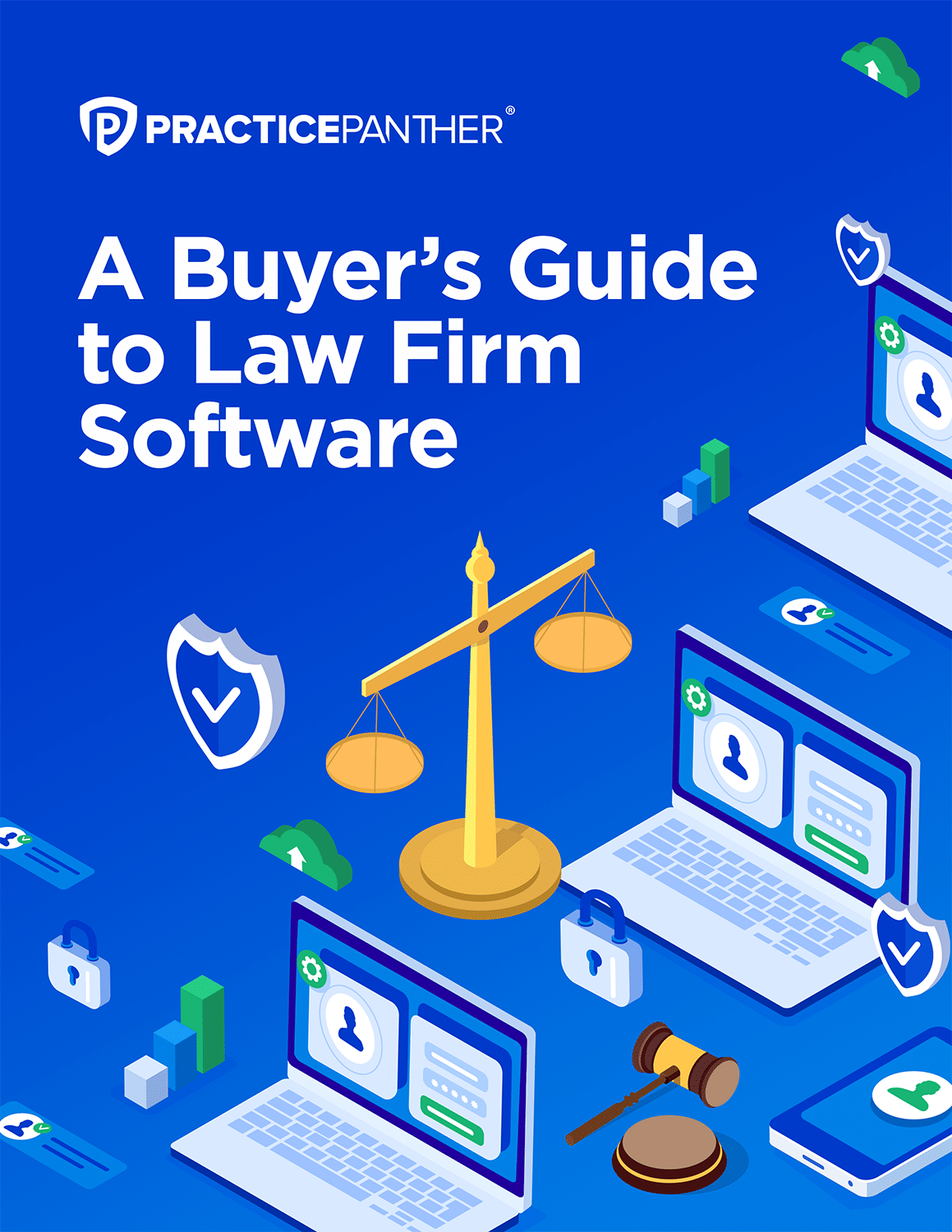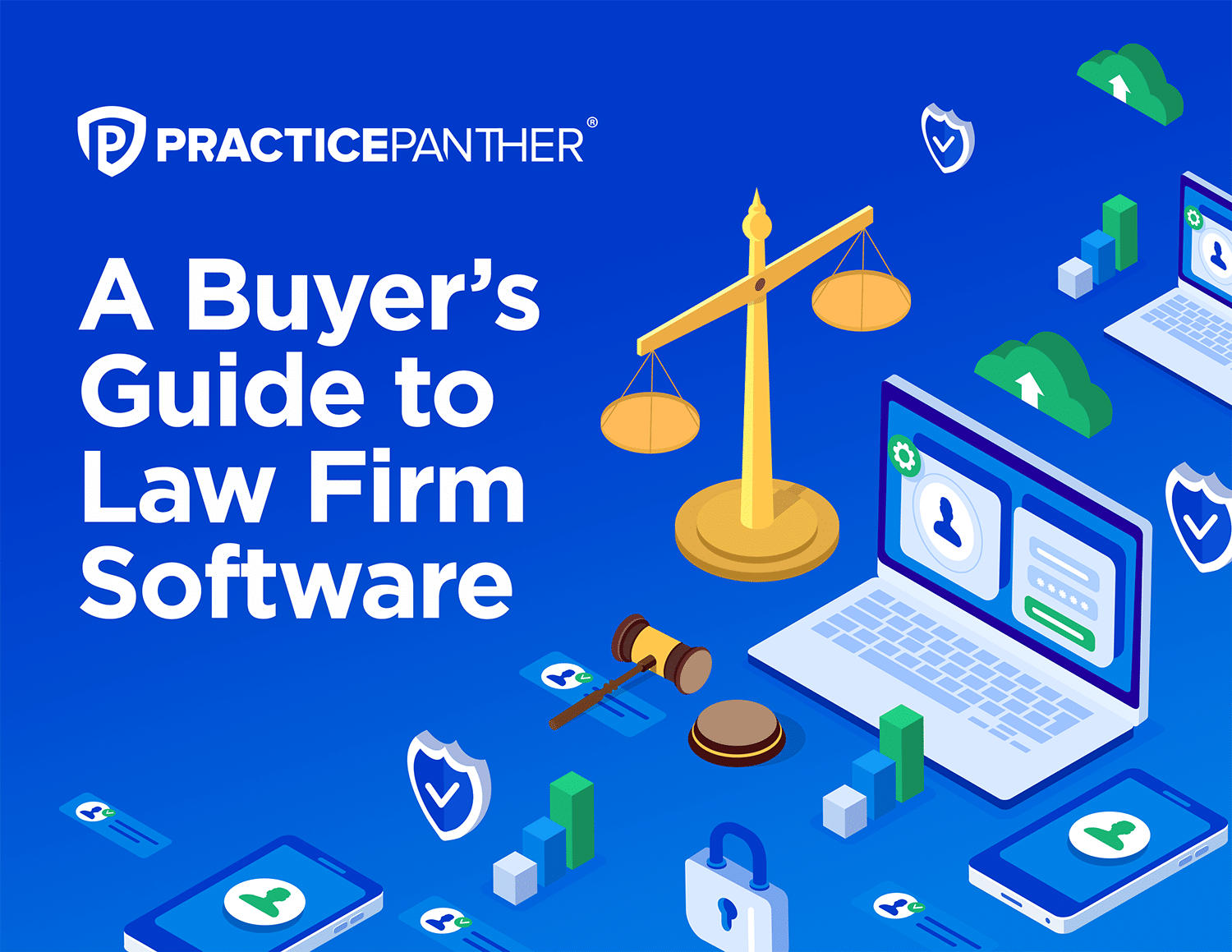The process of selling a law firm used to be in an ethical grey zone, can you really purchase someone else’s goodwill? Although taboo, historically for law firms it was considered the normal operating procedure to buy out a partner, merge or acquire parts of or entire law firms. Solo practitioners might take on a junior partner or associate, practice alongside the new attorney, and eventually retire from the “firm,” selling out their portion to the junior lawyer.
While a common practice today, there are many moving parts to selling a law firm. In this blog, we cover everything you need to know about the business of selling, like how to price, the ethics around the sale, and the process of transitioning.
Ethics in Selling A Law Firm
In Geffen v. Moss, 53 (Cal. App. 3d 215, 125 Cal. Rptr. 687 [2d Dist. 1976]), Geffen agreed to sell his practice, including the physical assets, law library, cases, and legal matters. The California Supreme Court held that “each party considered the expectation of future business from present clients and former clients as a principal motivating factor in this transaction. (53 Cal. App. 3d at 222).
In 1990, ABA Model Rule 1.17: Sale of Law Practice was adopted. This rule made it official that law practices, or an area of law practice, could be sold and purchased, provided that certain conditions were met. Today the rule makes clear that the goodwill of a law practice can be purchased or sold.
Two of the most outstanding requirements of Rule 1.17 are that fees may not be raised just because of the sale and written notice must be given to clients. The notice must contain information regarding:
- the proposed sale;
- the client’s right to retain other counsel or to take possession of the file; and
- the fact that the client’s consent to the transfer of the client’s files will be presumed if the client does not take any action or does not otherwise object within ninety (90) days of receipt of the notice.
Before you begin the process of selling your practice, check your state’s rules. The ABA provides a PDF of states that have adopted Rule 1.17 and variants of the rule.
Selling A Law Firm: How to Set a Price
Although physical assets such as furniture are part of selling a law firm, they should not be the initial focus of evaluating the practice. Buyers are more concerned with goodwill or adding practice areas to their firm.
When selling a law firm, it can be beneficial to hire a CPA or consultant to help set a price on not only the fixed assets but more importantly on goodwill. Goodwill is what the buyer is most likely looking for. The question is, what exactly is goodwill? Some say it’s the seller’s knowledge, expertise, experience, and reputation. That sounds honorable, but it doesn’t help in slapping a solid price tag on the merchandise, namely, goodwill.
According to James D Cotterman, writing for the American Bar Association, goodwill can be evaluated thusly:
- Determine the firm’s net tangible assets on an accrual basis.
- Reconstruct net income by adding back benefits, “perks,” and compensation to reported net income and subtracting a reasonable compensation package.
- Calculate the reconstructed net income for three to five years and then average it.
- Multiply net tangible assets from the above figure by a reasonable return rate.
- Subtract the reasonable return from average reconstructed net income (the result is excess net income).
- Capitalize the excess net income to arrive at goodwill.
Finding a Buyer
When considering a prospective buyer to whom you plan to entrust your clients, it’s important to take a good look at your potential buyer. Look at reputation, education, and experience.
Buyers include firms or attorneys who wish to expand, lawyers coming out of Biglaw who either got tired of the grind or didn’t make partner, or perhaps a lawyer who is currently working in your practice.
There are a few ways to go about finding a buyer. One is the simple, old-fashioned approach – word of mouth. You could also take out an announcement in your local and state bar newsletters. If you’re comfortable doing so, some lawyers have been known to go online with announcements.
Transitioning From the Law Firm
Depending on your preferences, the transition can either go quickly and you’re out, or you can take it slowly and ease your way out of the door. Staying on for a short period of time to introduce the new buyer to clients, rainmakers and your law practice network could be an attractive selling point.
On the other hand, a speedy exit may be in order. This may be due to death, disability or the seller taking on a new position. This is a great time to mention that it’s a good idea to keep up your due diligence in knowing exactly where your law practice stands in terms of clients and finances.
How to Notify Clients
In addition to the points already made in the Ethics portion on Rule 1.17, it’s ideal the buyer is introduced to his or her new clients, that something is mentioned about their qualifications, and a recommendation by the seller be made.
Selling a Law Firm Takes Planning
Selling your law firm is one of the big life decisions. Plan well, think things through, and get your ducks in a row. We also recommend checking your state’s rules on selling a law practice to ensure you’re abiding by current rules.






